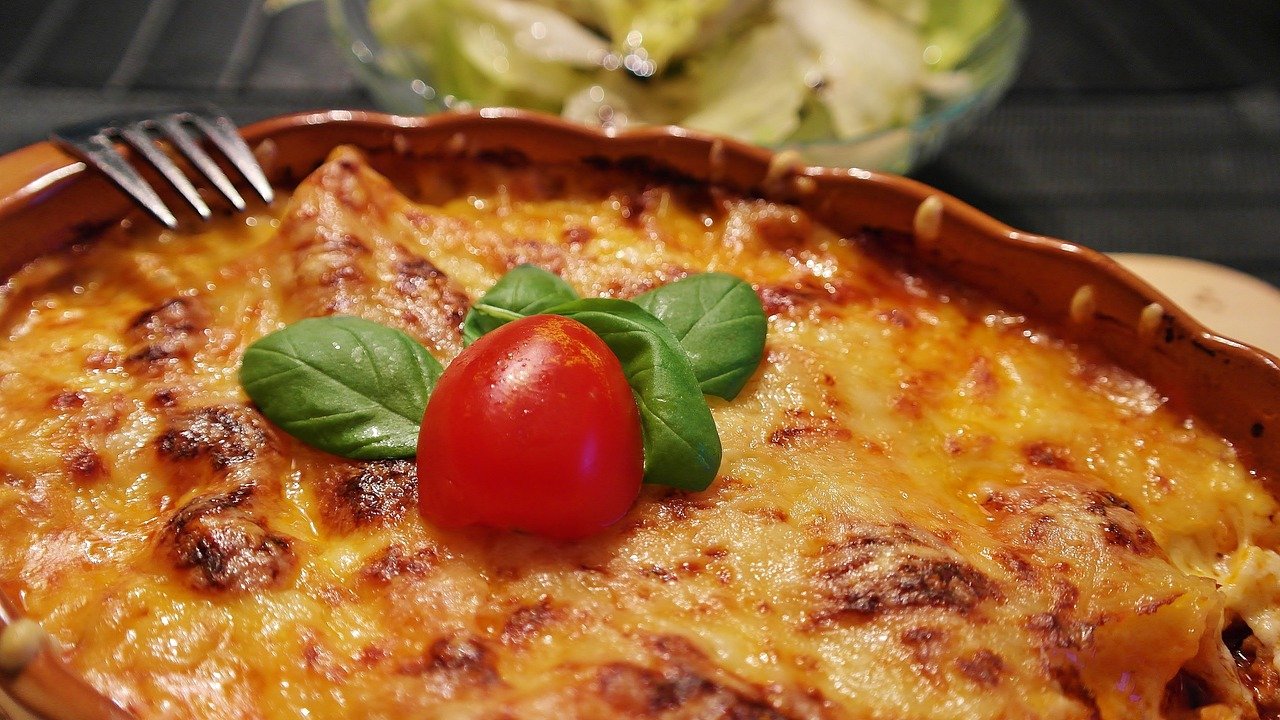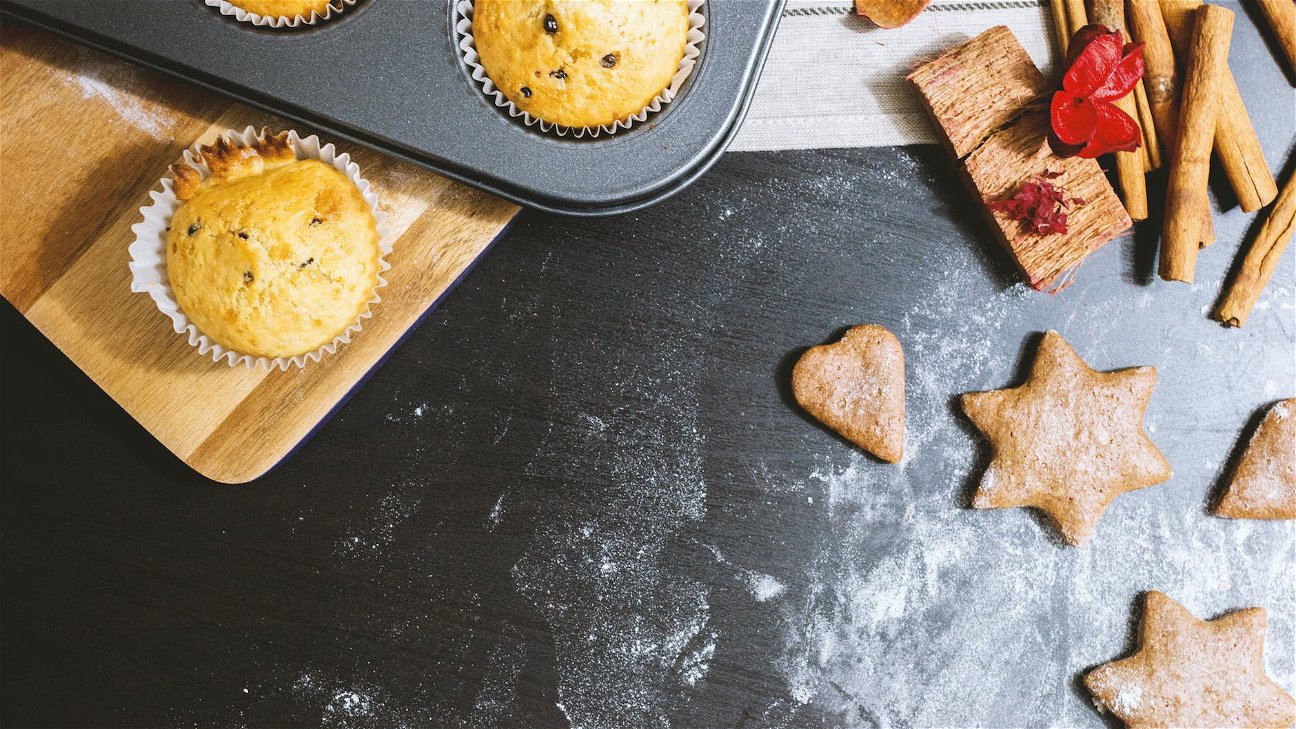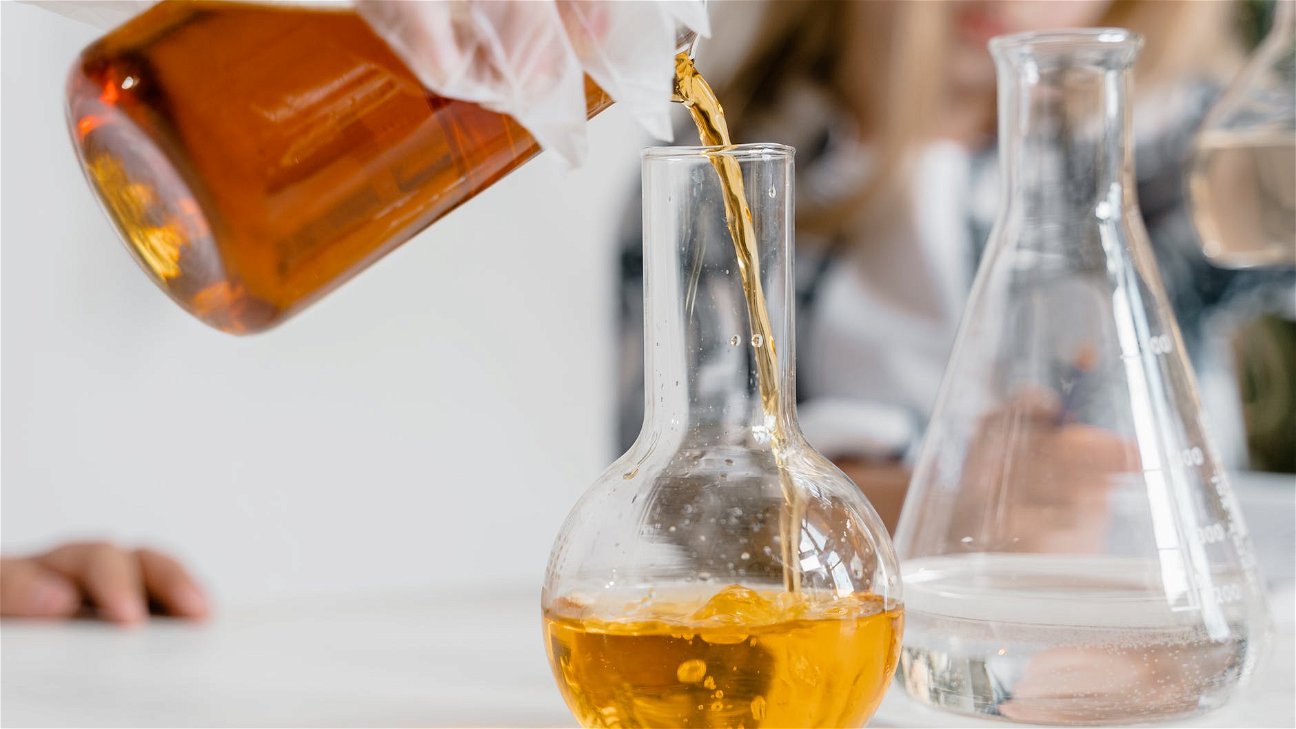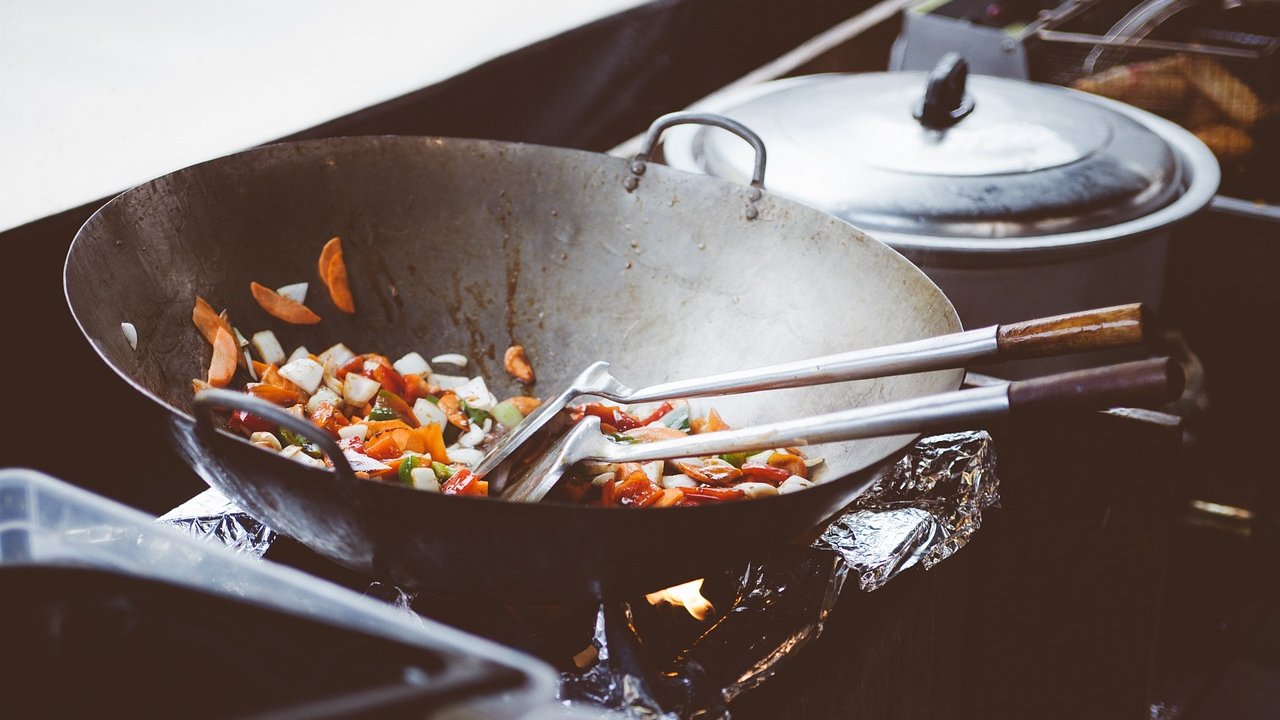
Baking is both an art and a science, and one of the key ingredients that can make or break your masterpiece is moistness. A moist cake is a joy to eat, and can turn even the simplest recipe into a decadent dessert. An unexpected ingredient that can help achieve this is yogurt. Not only does it add moistness to your baked goods, but it also infuses them with a delightful tanginess that elevates their flavor profile. Let's delve into the world of baking with yogurt, and discover how it can transform your desserts.
Why use yogurt in baking?
Yogurt, especially the plain, unsweetened kind, is a versatile ingredient that can improve both the texture and flavor of your baked goods. It's rich in protein and fat, which helps to tenderize the gluten structure in flour, resulting in a moist, soft crumb. The lactic acid in yogurt acts as a leavening agent, helping your baked goods rise and become light and fluffy.
Choosing the right yogurt for baking
When it comes to baking with yogurt, not all kinds are created equal. Here's a quick guide to the types of yogurt you can use in your recipes:
- Whole milk yogurt: Ideal for all kinds of baking, it lends a rich, moist texture to your cakes and muffins.
- Low-fat yogurt: If you're watching your calorie intake, this is a good option. It might not provide as much moistness as whole milk yogurt, but it still delivers a decent texture.
- Greek yogurt: This is a great choice if you're looking for a tangy kick. Greek yogurt is thicker and creamier than regular yogurt, which can add a luxurious mouthfeel to your desserts.
- Flavored yogurt: Use these sparingly, as they contain added sugars and flavors that can alter the taste of your baked goods.
Baking tips: How to incorporate yogurt into your recipes
It's not just about adding a dollop of yogurt into your batter and hoping for the best. There are a few key things to keep in mind:
- Room temperature: Yogurt should be at room temperature before adding it to your batter. This ensures even distribution, and prevents the batter from breaking apart.
- Mixing: Add yogurt to the wet ingredients first before combining with the dry ingredients. This helps avoid overmixing, which can result in a tough cake.
- Substitutions: If a recipe calls for milk or sour cream, you can substitute it with an equal amount of yogurt. Just be aware that the tanginess of yogurt might alter the flavor slightly.
Recipes to try: Baking with yogurt
Ready to put your newfound knowledge to the test? Here are a few recipes that showcase the magic of baking with yogurt:
- Yogurt lemon cake: This classic recipe is a crowd-pleaser, with a moist crumb and a zesty, tangy flavor.
- Blueberry yogurt muffins: Plump blueberries and creamy yogurt come together in these moist, flavorful muffins.
- Vanilla yogurt pound cake: Deceptively simple, this pound cake is enhanced by the subtle tanginess of yogurt.
Baking with yogurt is a game changer. It can make your cakes moist and fluffy, while adding a unique tangy flavor. So the next time you're in the mood for baking, why not give it a try?











